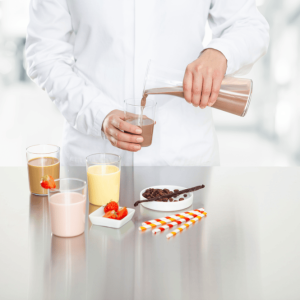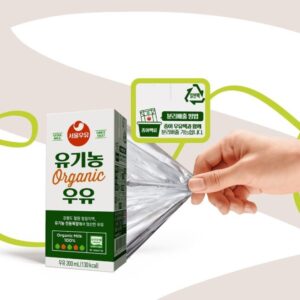Study looks at keeping cows cool and the effects of heat

Photo credit: Koray, stock.adobe.com
In one of the most comprehensive assessments of heat’s impact on dairy cows, a new study by researchers at the Hebrew University of Jerusalem has found that a single day of extreme heat can cut milk production by up to 10%. According to the study in Science Advances finds that the effects of that hot weather can last more than 10 days later, despite efforts to keep the cows cool, which replaces only half the milk loss.
“Dairy farmers are well aware of the negative impacts that heat stress has on their herds, and they use multiple forms of adaptation,” says Prof. Ayal Kimhi of the Hebrew University department of environmental economics. “Adaptation is costly, and farmers need to carefully balance the benefits they obtain versus the costs. This is why we see some investment in cooling measures, but not a complete insulation of cows from their environment, which would be far too costly to implement.”
The researchers found that milk production declined significantly on hot, humid days – by up to 10% when wet-bulb temperatures exceeded 26°C. Wet-bulb temperatures combine information on dry-bulb temperature (the ambient air temperature) and humidity. By doing so, they offer a measure that better captures heat stress. The same ambient air temperature feels very different on dry or on humid days for people and cows.
When cows are exposed to this humid heat, often referred to as “steam bath” conditions, it takes more than 10 days for milk production to bounce back to normal levels. While nearly all of the farms the researchers surveyed had adopted cooling technologies, these efforts to adapt only offset about half of the losses on 20°C days. The hotter it gets, the less they work. On 24°C, they offset 40% of the losses. Still, the researchers found it is worth it to install cooling equipment, with farmers able to recoup the costs of installing the equipment in approximately 18 months.
Eyal Frank and his co-authors Claire Palandri, Ayal Kimhi, Yaniv Lavon, Ephraim Ezra, and Ram Fishman studied the dairy industry in Israel. The researchers analysed highly local weather data to measure humid heat’s impact on more than 130,000 Israeli dairy cows over 12 years. They then surveyed more than 300 dairy farmers to see how much cooling technologies have helped.
“The dairy industry in Israel is a good testbed because farms are scattered throughout the country and experience a wide range of temperatures and humidity that represent conditions for top milk producing countries around the world,” says Prof. Fishman, of Tel Aviv University. “Plus, almost all farmers have already adopted ventilation and spraying systems to keep their cows cooler.”
The researchers use their estimates in Israel to show how climate change could affect milk production globally by mid-century, and which countries benefit the most from adaptation. They find that, without cooling, the top 10 milk-producing countries could see average daily milk output decline by 4%, with some countries impacted more than others. Three out of the top five producers – India, Pakistan and Brazil – see greater losses than Israel, with between 3.5% and 4% per cow per day. They are also the countries that benefit the most from cooling. Yet, even with cooling, the five largest producers (including the US and China) still see losses between 1.5% and 2.7% per cow per day.
“Our research underscores the value and the limitations of cooling technologies and other efforts taken by dairy farmers to adapt to climate change,” says lead author Claire Palandri, of the University of Chicago. “Policymakers should look into more strategies to not only cool cows but reduce stressors, like confinement and calf separation. Stressors make cows more sensitive to heat and less resilient.”






